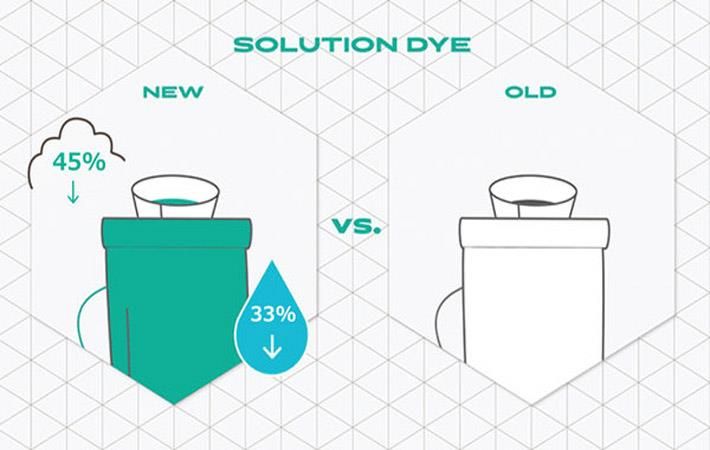Responding to what is needed to limit the worst climate change impacts, Japanese footwear and sports equipment firm ASICS recently announced its commitment to set 1.5°C science-based emissions reduction targets aligned with a net-zero future by 2050. It is expanding footwear technology to reduce emissions in dyeing by 45 per cent from 2020 to achieve this.
ASICS also reaffirmed its commitment to work collaboratively to address climate change by joining the United Nation’s Fashion Industry Charter for Climate Action.Responding to what is needed to limit the worst climate change impacts, Japanese footwear and sports equipment firm ASICS recently announced its commitment to set 1.5°C science-based emissions reduction targets aligned with a net-zero future by 2050. It is expanding footwear technology to reduce emissions in dyeing by 45 per cent from 2020 to achieve this.#
In 2018, ASICS was the first sporting goods company to have its science-based targets approved by the Science Based Targets initiative (SBTi) and in June this year the first to support the Financial Stability Board’s Task Force on Climate-related Financial Disclosures (TCFD).
ASICS has accelerated its actions now by committing to set new targets in line with last October’s report by the Intergovernmental Panel on Climate Change (IPCC), which made the case for limiting global temperature rise to 1.5°C above pre-industrial levels, according to a release from the company.
ASICS plans to expand the application of a resource-saving technology called solution dyeing method to more than 50 per cent of its new products across all of the company’s shoe brands from 2020.
This will mark the first time that solution dyeing has been adopted on such a large scale in the sports shoe industry. This initiative is expected to cut water use by around 33 per cent compared to conventional processes. These are equal to carbon emissions absorbed by more than 25,000 trees in one year and water needed for 1 million people a day.
Fibre2Fashion News Desk (DS)
